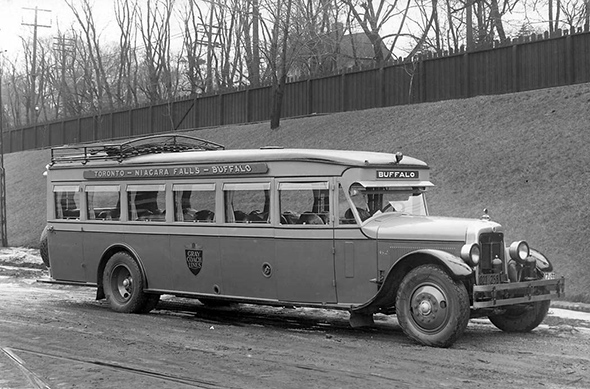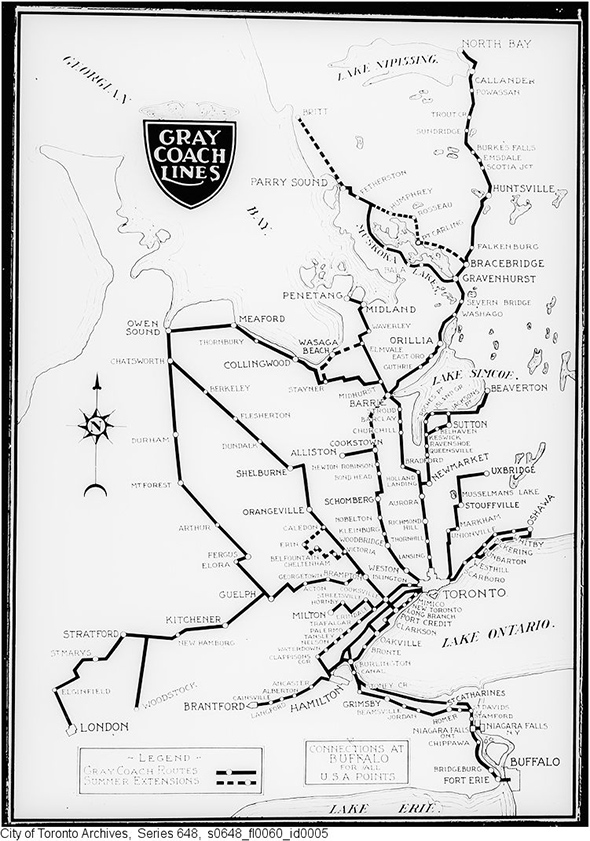I do not have said account.
Could you provide some highlights, please?
Coles Notes version:
Two scenarios could play out for the tender, depending on monies (all being 6-car trains, semi-permanently coupled with full-width gangways):
Scenario 1) 18 train base order, 62 train option #1, 7 train option #2, 25 train option #3
Scenario 2) 80 train bases order, 7 train option #1, 25 train option #2
Rather than the 3-car blocks that the TRs were built in, it is suggested the trains be configured - again - as 2 car blocks. Each train would be thus configured as such: A-B + B-C + B-A
Where the "A" car is a cab car containing no air compressor and with traction motors only on the trailing truck, the "B" car contains the air compressor but no operating controls and all axles driven, and the "C" car with no air compressor, all axles driven and a hostler control.
Cabs would be enlarged again when compared to TRs - the desktop control will be about half of the width of each car, requiring the emergency exit ramp to be offset to the left-hand side of the front of the car. Staff doors to the cab will be inward swinging (hinged), rather than the sliding plug door as found on the TRs. There would also be located on the off-side of the cab a folding/stowing seat for trainers - something sorely lacking from the TRs.
The onboard announcement system must be able to convert the crews announcements via the PA system to text on the various display screens throughout the train (2 second lag between the announcement being played and the text being shownis considered acceptable).
The TTC also asks about a bunch of features that would be nice-to-haves - built-in fire suppression, frontal object detection & auto-braking, etc.
Trains could be configured as 4-, 5-, 6- or 7-car trainsets easily and quickly by simply uncoupling pairs and re-configuring them - the onboard software should automatically detect these changes in configuration and make the required changes to the operational parameters.
Here is where it gets a bit weird - they talk about the 7th car (a "D" car) in a number of locations throughout the documents (and that a theoretical 7-car train would have a length of 525 feet, and that the trains must allow for automatic selective door opening in that configuration) but then make no accounts for it within the bidding scenarios. Its like the TTC is saying "plan for it, but we don't really want to hear about it just yet".
I really dislike how people keep pointing out that they are broken because of this. The switches that are used currently in the existing streetcar network are from an older time and weren't replaced as they were able to design the CLRV's and ALRv's around them. Also at the time that they were put in place, there wasn't any sort of extra signalling put in place for them so the only way the driver can tell if the switch is set in their favour is to look at it. Most likely whenever the TTC orders the next batch of switches to replace the ones installed recently they will probably switch over to something more modern and probably have some sort of signal added that shows the direction that the switch is set.
You realize that the Flexities were built to operate with those switches just fine, right?
I think right now they have ordered the same model for all of the switches in the system on the streets. Leslie barns uses modern two bladed switches and there is apparently a few trailing switches that have been changed to two bladed ones as well. There has also been something mentioned about one of the switches at King and Sumach being changed out for another type of switch to help reduce noise at the intersection.
The TTC changed their switch supplier about 7 or 8 (or more now?) years ago. The new switches seem to be holding up better, and with less maintenance than the older designs.
The trailing switches at King & Sumach are being changed to a "blade-less" style of switch that should in theory be quieter as blade simply flexes in the appropriate direction as the car runs over it. They've had one installed eastbound at Lansdowne & College for about 7 or so years now, and it has fared quite well, although it certainly doesn't see as many turning movements as the ones at Sumach will see.
The downside with this design is that the TTC will now have to stock multiple kinds of switch components - before (with the exception of the switches at Leslie), they used the exact same type of switch points regardless of whether they were facing or trailing. Additionally, setting the switch to be able to back over it now requires tools and parts - before all it took was a switch iron, which is on every single car.
Dan






